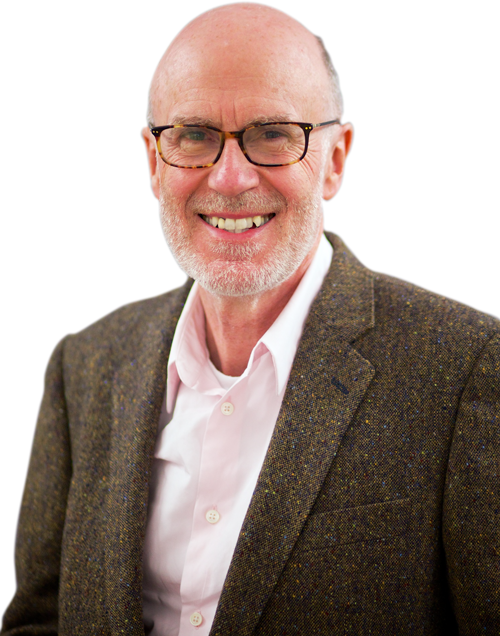Quantum Coherence in Photosynthesis
Photosynthesis is the most important biochemical reaction on the planet, responsible for turning light, air, water and a few minerals into grass, trees, grain, apples, forests and, ultimately, the rest of us who eat either the plants or the plant-eaters. The initiating event is the capture of light energy by a chlorophyll molecule and its conversion into electrical energy which is then transported to a biochemical factory called the reaction centre where its energy is harnessed to fix carbon dioxide and turn it into plant matter. The energy transport process has long been an area of intense interest to researchers because it can be so efficient – close to 100% and higher than any artificial energy transport process. How green leaves transport energy so much more efficiently than our most sophisticated technologies has remained a puzzle for many years.
Graham Fleming’s laboratory at University of California, Berkeley have been investigating energy transfer in photosynthesis for more than a decade using a technique called femtosecond spectroscopy. Essentially, the team shines very short bursts of laser light at the photosynthetic complex. The light bounces back as a kind of echo that betrays the path of the photon as its makes its way to the reaction centre. Back in 2007 the team investigated a bacterial system called the FMO complex in which the photon energy has to find its way through a cluster of chlorophyll molecules. It was thought to travel as a kind of electrical particle that hopped from one chlorophyll molecule to another, much as Schrödinger’s cat might have hopped from one boulder to another across a busy stream. But this didn’t make complete sense as, lacking a sense of direction, photon energy should hop aimlessly mostly in the wrong direction and end up falling in the metaphorical water. Yet, inside plants and bacteria that perform photosynthesis, nearly all packets of photon energy reach the reaction centre. When the team shone the laser at the system they got back a very peculiar echo that came in beat-like waves. These ‘quantum beats’ were a sign that, instead of taking a single route through the system, the photon energy was using a phenomenon called quantum coherence to travel by all possible routes simultaneously. We can imagine this as, when confronted by the stream, the famous cat somehow divided itself into lots of identical quantum-coherent cats that hop across the chlorophyll boulders by every path route to find the quickest route.
Quantum beats have now been detected in many different photosystems including those of regular plants such as spinach proving that the most important biochemical reaction in the biosphere is exploiting the quantum world to put our food on our table. But photosynthesis is far from being the only recent exciting discovery in this new science of quantum biology.
Quantum wave properties play a negligible role in big objects but they predominate in very small objects of the scale of fundamental particles. If the peaks and troughs of particle waves are aligned (in phase) then the particles lose their individual identity to behave as a single coherent object. The probability of detecting a particle is obtained by squaring its wave amplitude and so will always be a positive number; but if the amplitude is zero then its probability of detection will also be zero. This allows waves to interfere and effectively cancel each other out at some positions and reinforce each other at others. This reinforcing and cancellation effectively performs a massively parallel computation that is central to the as yet unrealised technology of quantum computation.
